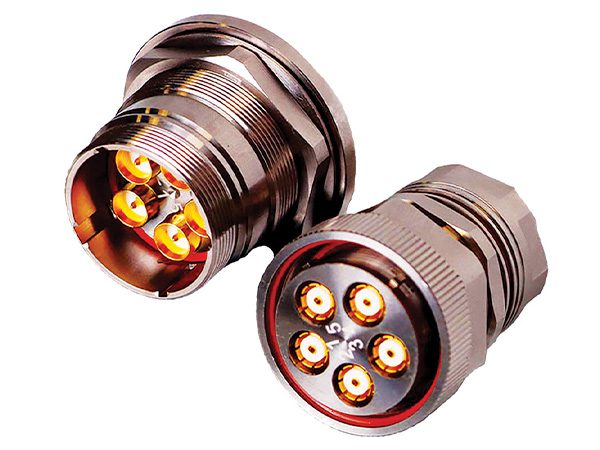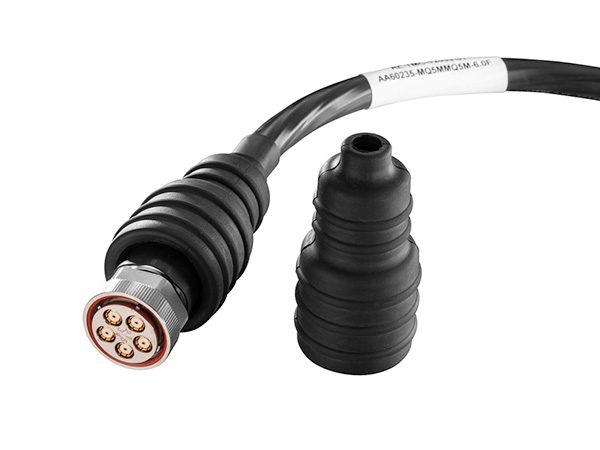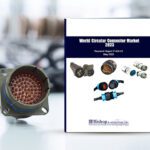Unique RF Interconnect Solutions for Mobile 5G Networks Aid in Disaster Recovery
RF interconnect solutions are critical in mobile 5G communications networks. New solutions help seamlessly power these essential communications networks when traditional networks are disrupted by disaster.

5G technologies deliver high data speeds, ultra-low latency, enhanced reliability, enormous network capacity, and increased availability. Mobile connectivity solutions make it possible to provide essential communications in disaster situations where traditional networks have failed.
The interconnect requirements for these systems differ from traditional telecom frequencies of sub-6 GHz. 5G deals with a more extensive frequency range than previous technology, ranging from 450 MHz to 3.9 GHz and up to 20-52.6 GHz millimeter wave (mmWave) bands for high-speed operations. It also encompasses the sub-6 GHz unlicensed bands. As an increasing number of elements are packed into the typical 5G mobile antenna, we end up with the challenge of connecting coaxial feeder cables in a manner that will provide a level of mechanical and environmental ruggedness necessary to insure system reliability.
Powering mobile 5G communication networks for disaster response
Disaster scenarios can disable mobile connectivity for entire communities when they are needed most. In April 2023, this scenario played out in the havoc caused by Hurricane Ian in Florida. A widespread loss of connectivity in any emergency can be devastating. To address this, an essential part of disaster recovery planning encompasses mobile cell sites powered by RF technology known as cell on wheels (COW) and cell on light truck (COLT).
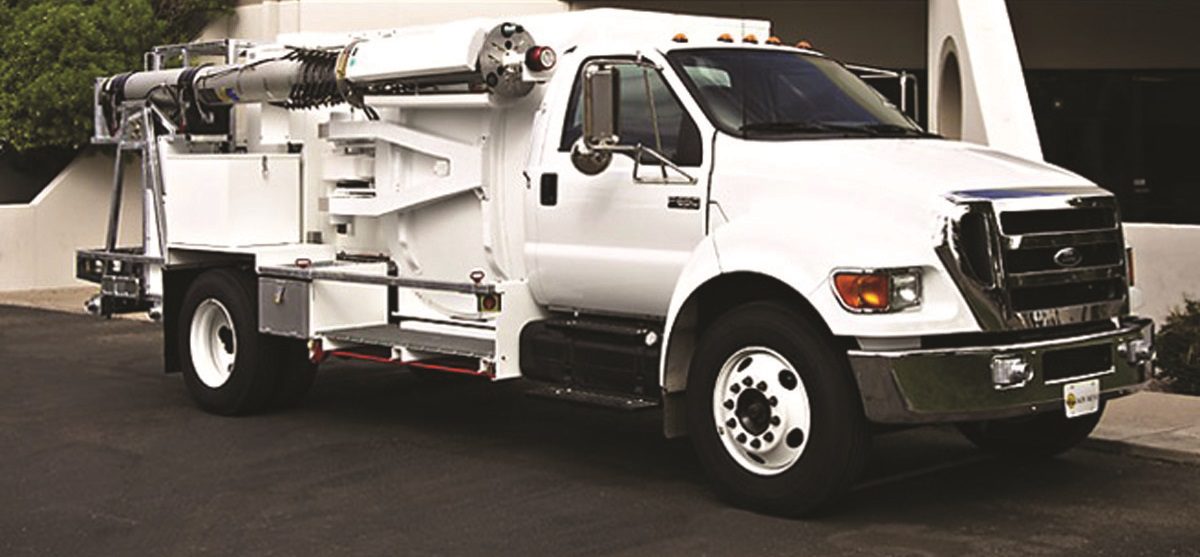
A COW is a cell tower and radio network controller typically transported on a flatbed trailer truck. Similarly, a COLT can provide cell service using its power generator, but it is built on top of a vehicle. The COW or COLT most commonly connects to the core network through a satellite link by transmitting microwaves to another facility miles away.
A critical aspect of this signal connection is the antenna. These are not standard antennas or networks; they must be high-performance and reliable, requiring reliable RF interconnect solutions specifically designed to withstand severe weather, rough handling, and more. This infrastructure does not utilize a stationary antenna like a cell tower. These types of antennas are exposed to several harsh environments, constant movement, varying heights, and more. The stringent RF requirements needed to power them are only exacerbated by incorporating a new technology, 5G, into the mix.
A critical factor: passive intermodulation effects
A key consideration in providing the extraordinarily reliable and rugged RF interconnects that COWs and COLTs demand is the need to minimize passive intermodulation (PIM). PIM results from a distortion generated by two or more high-power signals interacting with non-linear characteristics in the RF path. For example, when multiple high-power frequencies occur on the same RF interconnect, additional frequencies may form and raise the noise floor.
While PIM is an issue for many wireless systems, it becomes a larger challenge with 5G since the lower and mid-spectrum bands are becoming very crowded. The effects can create interference limiting receive sensitivity, lowering the cellular system’s reliability, data rate, and capacity, which is unacceptable in an emergency.
Connectors, cables, and termination quality all play a role in PIM. Performance degradation may occur due to the non-linear junction of components and material, in other words, in junctions where the current does not increase linearly with voltage.
To minimize the effects of PIM, RF connectors must be correctly and securely tightened with suitable materials and platings that eliminate non-linear contacts within the RF interconnect and poor electrical contacts. PIM issues can also occur due to loose parts, ferrous materials, parts with rough surfaces, residual flux, and oxidation. If conductive material is used, particulates on the face of the dielectric or within the interface itself will cause problems and may move directly within the connectors when installed.
A rugged TCP-type connector is ideal for mitigating PIM effects. Its unique construction uses materials, platings, and tolerances optimized for low PIM, including a beryllium copper (BeCu) spring collet (a cylindrical sleeve) that has rows of spring fingers with small teeth that grip onto the cable jacket ¾” behind the electrical contact when the back nut is torqued. This isolates the bulk of any sideloading force on the cable, enabling the separation of the electrical and mechanical transition between the cable and the connector. It also allows better tensile and torsional strength of the connector, which is especially important as the mobile communications tower is subjected to repeatable movement.
RF interconnect solutions for mobile 5G communications networks
As mobile communications vehicles evolve, frequencies increase, and antennas continue to get even smaller. Many cable connections create numerous challenges for installation, torquing, ensuring proper weather sealing, and more.
A bundled cable solution can help create a flexible antenna jumper for applications requiring multiple runs, such as 5G. A spiral configuration of multiple flexible and ultra-flexible jumper cables can be created under a common polyurethane outer jacket to promote easy installation and improved operation. The individual coaxial cable runs are spun together in a way that easily flexes, essentially creating a bundle that runs through a large jacket extruder where a ripcord is placed.
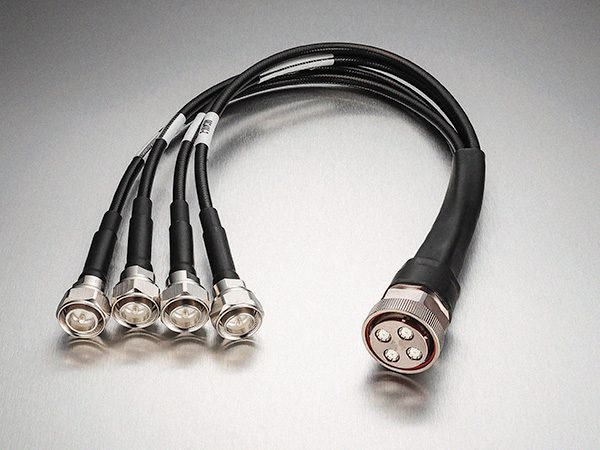
A bundled cable solution with multiple cables.
This design enables four or five cables to be fed into a single connector, such as those based on the industry-standard MQ4/MQ5 design that encompasses a four-contact connector and a five-contact connector. The most common bundled cable constructions are built with inner cables that are ¼” and smaller and can be used on non-low PIM and low PIM interconnects. Constructions to address low PIM bundled harnesses include corrugated copper outer sheaths as well as ultra-flexible flat braid constructions.
Ensuring connectors are properly and securely tightened and eliminating any non-linear or poor electrical contacts within the RF interconnect can also help reduce PIM issues. The MQ4 and MQ5 cluster connectors use an outer spring contact, so PIM performance is not tied to the coupling nut torque. The entire mated cluster connector and connector-cable transition is sealed to IP67. The solution is also keyed, eliminating the possibility of hooking up the wrong cable to the wrong antenna connector. The cables can only be mounted a certain way — no torque wrenches, know-how, or special technique required.
Using cluster connectors eliminates the need to create individual weather seals, resulting in tremendous time savings. Furthermore, it reduces the need to worry about coupling torque. This is critical because all it takes is an error on just one weather seal to create a point of ingress for water that could cause a multitude of problems and even potentially shut the system down.
As a result, cluster connectors used with standard cables are an optimal solution to solve the next wave of mobile communications challenges because they permit installation in tight spaces; instead of connecting multiple threaded connectors, just one will do the job. In addition, they are faster and easier to install and maintain and provide one firm, reliable connection to support consistent high performance.
The Ongoing Demand for RF Interconnect Solutions
5G technologies will continue to make a substantial impact on improving mission-critical technologies such as mobile communications fleets for disaster response. However, the unique requirements of 5G will continue to demand innovative RF interconnect solutions that can accommodate connections in smaller, more compact installations.
When selecting the right RF interconnects for mission-critical environments, it is best to work with a partner whose engineers can identify the application’s unique needs and design an optimized solution that is easier to use—creating better electrical, mechanical, and environmental performance. Look for a supplier with a long history of building quality cables and connectors, along with the skill, processes, techniques, and materials to bring custom solutions for specific application needs to life.
Kevin Moyher, Product Manager for Commercial Products with Times Microwave Systems, has been involved with application engineering and product development for over 20 years. He holds a BSEE degree from the University of Connecticut and is host of the demonstration videos on the Times Microwave YouTube channel.
Visit Times Microwave to learn more about RF interconnects and other high reliability solutions.
Like this article? Check out our other Harsh Environment, RF and Coax, Mil/Aero Market articles, and our 2022 and 2023 Article Archives.
Subscribe to our weekly e-newsletters, follow us on LinkedIn, Twitter, and Facebook, and check out our eBook archives for more applicable, expert-informed connectivity content.
